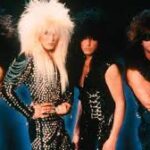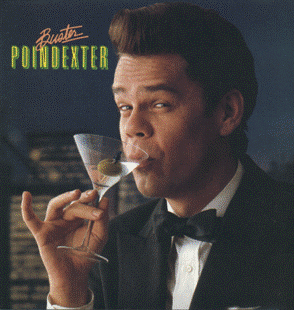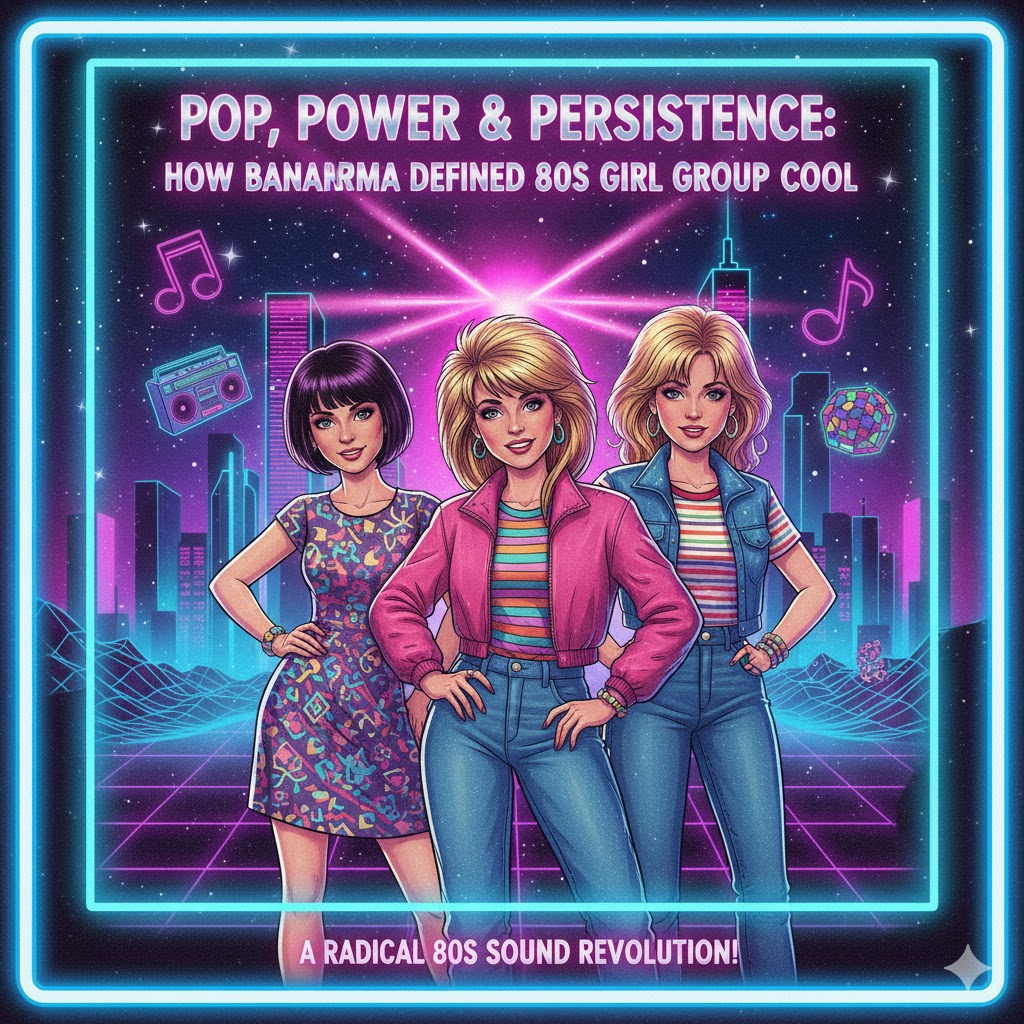 Hair metal, also known as glam metal, was a spectacle as much as it was a genre—a decadent collision of heavy metal riffs, glittery fashion, and anthemic, arena-shaking choruses. It ruled the 1980s with a teased fist and a bottle of Aquanet. Often mocked for its excesses and dismissed by critics, hair metal was a cultural phenomenon that defined a generation of rock fans. From the Sunset Strip in Los Angeles to sold-out stadiums across the globe, hair metal was a party with no curfew, a celebration of hedonism, and an era that burned as bright as it burned fast.
Hair metal, also known as glam metal, was a spectacle as much as it was a genre—a decadent collision of heavy metal riffs, glittery fashion, and anthemic, arena-shaking choruses. It ruled the 1980s with a teased fist and a bottle of Aquanet. Often mocked for its excesses and dismissed by critics, hair metal was a cultural phenomenon that defined a generation of rock fans. From the Sunset Strip in Los Angeles to sold-out stadiums across the globe, hair metal was a party with no curfew, a celebration of hedonism, and an era that burned as bright as it burned fast.
This is the story of hair metal: the loudest, proudest, and most flamboyant chapter in rock history.
The Roots of the Sound: Where Hair Metal Came From
The seeds of hair metal were planted in the 1970s by bands that married theatricality with hard rock. Acts like KISS and Alice Cooper laid the foundation, combining heavy riffs with flamboyant stage shows, makeup, and an over-the-top visual style. At the same time, British glam acts like T. Rex and Sweet showed that rock and roll could be both loud and glamorous. Meanwhile, Judas Priest and Van Halen were perfecting the blend of melodic hooks and metal guitar work that would become hair metal’s sonic blueprint.
Van Halen, in particular, served as a key transitional figure. Their 1978 debut album—with Eddie Van Halen’s groundbreaking guitar pyrotechnics and David Lee Roth’s golden-haired, tongue-in-cheek charisma—bridged the gap between hard rock and what would become glam metal. Roth’s tight spandex and cheeky showmanship provided a direct template for the next generation of frontmen.
But the full explosion would come in the 1980s, when a new breed of bands emerged from Los Angeles’ Sunset Strip, hungry for fame and soaked in eyeliner.
Mötley Crüe: The Dark Heart of the Strip
Arguably the first band to truly embody the hair metal aesthetic in all its sleazy glory was Mötley Crüe. Formed in 1981 by bassist Nikki Sixx, drummer Tommy Lee, guitarist Mick Mars, and singer Vince Neil, Mötley Crüe was dirty, dangerous, and determined to become legends.
Their debut, Too Fast for Love, released in 1981, was a raw mix of punk energy and glam sleaze. But it was 1983’s Shout at the Devil that blew the doors open. With its pentagrams, leather outfits, and satanic overtones, the album terrified parents and thrilled teenagers. It also featured hits like “Looks That Kill” and “Too Young to Fall in Love,” tracks that combined singalong choruses with headbanging riffs.
Crüe lived the lifestyle they sang about—excess, decadence, and recklessness. Stories of overdoses, sex tapes, car crashes, and arrests followed them like a shadow. But they became anti-heroes to a generation, and their 1985 album Theatre of Pain, followed by Girls, Girls, Girls (1987) and Dr. Feelgood (1989), helped cement their legacy.
Poison: Glam With a Smile
If Mötley Crüe represented the danger and grit of hair metal, Poison brought the party. Formed in Pennsylvania but refined on the Sunset Strip, Poison exuded fun, color, and pop-metal flair. With their neon outfits, cheeky lyrics, and radio-ready hooks, Poison made hair metal accessible to the masses.
Their breakthrough came with 1986’s Look What the Cat Dragged In, featuring hits like “Talk Dirty to Me” and “I Want Action.” Frontman Bret Michaels had movie-star looks and a cocky charm, while guitarist C.C. DeVille delivered catchy, sugarcoated solos.
Poison’s biggest hit, “Every Rose Has Its Thorn,” from their 1988 album Open Up and Say… Ahh!, became a defining power ballad of the era. Hair metal bands had perfected the art of the emotional slow jam, and Poison’s bittersweet acoustic anthem gave them mainstream credibility and massive airplay.
Unlike some of their darker peers, Poison leaned into the campy side of glam metal, and fans loved them for it. Their success helped inspire dozens of other bands to turn up the glam and soften the edges.
Warrant: The Late-Blooming Rock Stars
By the late ’80s, the hair metal scene was saturated. For every band selling out arenas, a dozen others were chasing record deals with teased hair and tight pants. One of the most successful of this second wave was Warrant.
Formed in Los Angeles in 1984, Warrant didn’t release their debut album, Dirty Rotten Filthy Stinking Rich, until 1989. But it came at just the right time. Powered by the massive hit “Heaven,” Warrant exploded onto the scene with a blend of slick production, romantic ballads, and hard rock sheen.
Their follow-up, Cherry Pie (1990), featured the title track that would become both their biggest hit and an albatross. “Cherry Pie” was everything great and ridiculous about hair metal in one video: whipped cream, scantily clad women, and a chorus you couldn’t forget if you tried.
Lead singer Jani Lane later admitted he didn’t love the song—but it made the band stars. Warrant may have arrived near the end of the party, but they danced as hard as anyone while it lasted.
W.A.S.P.: The Shock Rockers
While some hair metal bands leaned into romance and party anthems, W.A.S.P. embraced controversy. Formed in 1982 by Blackie Lawless, W.A.S.P. combined the theatrical shock rock of Alice Cooper with heavy metal’s aggression. Their self-titled debut album in 1984 featured the track “I Wanna Be Somebody,” which became an anthem for every teenage misfit with a dream.
But it was their over-the-top stage shows—complete with blood, raw meat, and sawblades—that made headlines. The PMRC (Parents Music Resource Center) labeled them one of the “Filthy Fifteen,” and their track “Animal (F*** Like a Beast)” became a lightning rod for censorship debates.
W.A.S.P. walked the line between hair metal and traditional heavy metal, and their darker imagery set them apart from the pack. They weren’t chasing power ballads—they wanted to scare you, seduce you, and set your world on fire.
Great White: Bluesy Roots in a Glam World
While many hair metal bands were rooted in pop and punk, Great White brought a different flavor to the table. Formed in Los Angeles in 1977 and finding success in the 1980s, Great White blended hard rock with blues influences, setting them apart from their more theatrical peers.
Their 1987 breakthrough album, Once Bitten…, featured the hit “Rock Me,” a slow-burning, sultry track that showcased the band’s groove-oriented style. Their 1989 follow-up, …Twice Shy, delivered their biggest hit: a cover of Ian Hunter’s “Once Bitten, Twice Shy.” It became a hair metal staple and gave the band mainstream success.
Great White proved that not all glam bands were built on neon and flash. Their gritty, bluesy approach helped diversify the genre’s sound—and foreshadowed the grunge-influenced shift to come.
The Sunset Strip Scene: Ground Zero
At the heart of hair metal’s rise was the Sunset Strip in Los Angeles. Clubs like the Whisky a Go Go, Gazzarri’s, and The Roxy became the breeding grounds for the scene. Bands battled for slots, handed out flyers, and worked their way up the local hierarchy. It was a DIY culture fueled by ambition, hairspray, and the hope of getting signed.
Bands like Ratt, Dokken, L.A. Guns, and Faster Pussycat all emerged from this crucible. Some, like Quiet Riot, broke through with early MTV hits (“Cum on Feel the Noize”), while others developed cult followings. The Strip was more than a location—it was a mythological space where dreams were made (and often destroyed).
The MTV Effect
Hair metal’s rise would not have been possible without MTV. Launched in 1981, MTV gave bands a visual platform to match their sound—and hair metal was ready for its close-up. Videos were crucial to success, and hair metal bands created mini-movies filled with sex, leather, explosions, and attitude.
Videos like Mötley Crüe’s “Home Sweet Home,” Poison’s “Nothin’ But a Good Time,” and Cinderella’s “Nobody’s Fool” became cultural touchstones. Bands learned how to tell stories in three minutes—and how to sell records by selling fantasy.
The Power Ballad Formula
No genre milked the power ballad like hair metal. The formula was simple: start with an acoustic intro, build to an electric crescendo, add some heartbreak lyrics, and unleash a soaring solo. These songs let bands show a sensitive side—and rake in record sales.
Ballads like Skid Row’s “I Remember You,” Extreme’s “More Than Words,” and Whitesnake’s “Is This Love” became radio staples. For many fans, these were the songs they slow danced to at prom or belted out in the car. Critics rolled their eyes, but audiences loved them.
The Decline: Grunge and the End of the Party
By the early 1990s, the writing was on the wall. Hair metal had become a parody of itself—formulaic, overproduced, and bloated. The genre was choking on its own success, with too many soundalike bands and not enough innovation.
Then came Nirvana.
With the release of Nevermind in 1991, the music world shifted. Grunge was everything hair metal wasn’t: stripped-down, serious, introspective, and plaid. Bands like Pearl Jam, Soundgarden, and Alice in Chains swept away the glam, and suddenly the party was over.
Record labels dropped hair metal acts. MTV stopped playing their videos. The Sunset Strip went quiet.
The Legacy and the Rebirth
But hair metal never truly died—it just went underground. Fans still bought the records, tribute bands flourished, and nostalgia kicked in. In the 2000s, VH1’s Behind the Music series reignited interest, and many bands began touring again.
The “Hair Nation” tour circuit became a staple, with Mötley Crüe launching massive reunion tours, Poison playing amphitheaters, and festivals like M3 drawing thousands of fans. Broadway even got in on the act with Rock of Ages, a musical celebration of the genre.
For a generation that came of age in the ’80s, hair metal wasn’t a punchline—it was the soundtrack of youth, rebellion, and escape. And for newer fans, it’s a gateway to a time when rock stars were gods, solos were shreddy, and the only rule was to turn it up.
Conclusion
Hair metal wasn’t just a sound—it was a lifestyle, an era, and a cultural force. From the mean streets of the Sunset Strip to MTV’s golden age, bands like Mötley Crüe, Poison, Warrant, W.A.S.P., Great White, and countless others created a world of escapism, energy, and excess. While the grunge movement pushed it out of the spotlight, hair metal’s legacy remains alive and well, echoing through karaoke bars, satellite radio, movie soundtracks, and festival stages.
It was loud. It was proud. It had big dreams and even bigger hair. And for one unforgettable decade, hair metal ruled the world.


